Comprehensive Guide to Asparagus: From History to Nutrition

Asparagus is an unusual and delicious vegetable that has been prized for millennia. From its unique flavor and scent to its storied history, asparagus offers surprises at every turn.
In this comprehensive guide, you’ll discover 25 fascinating facts covering everything you ever wanted to know about asparagus.
A Brief History of Asparagus
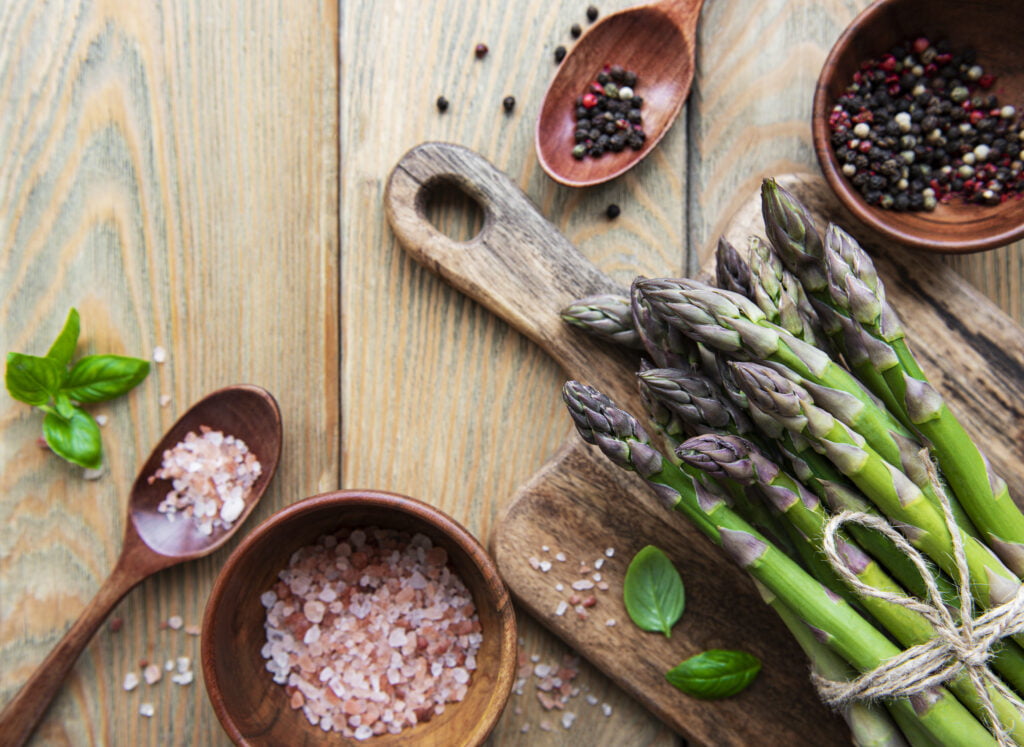
- Asparagus has been cultivated for over 2,500 years. The earliest records trace asparagus cultivation to ancient Greece around 500 BC. The Greeks valued asparagus for its unique flavor and medicinal properties. Asparagus was known as a status symbol of wealth and prestige.
- Ancient Rome continued cultivating asparagus. As the Roman Empire expanded across Europe, asparagus farming spread. Rome’s conquered territories began cultivating and trading the vegetable throughout the empire.
- France grew obsessed with asparagus in the 16th-17th centuries. French aristocracy turned asparagus into a delicacy by developing new techniques to grow and harvest the spears. Louis XIV even had special greenhouses built to grow asparagus year-round.
This fascinating history shows how asparagus has been prized for millennia. Its delicate flavor and status made it a favorite of empires. Even today, asparagus is still considered a luxury vegetable.
Growing Asparagus Takes Patience
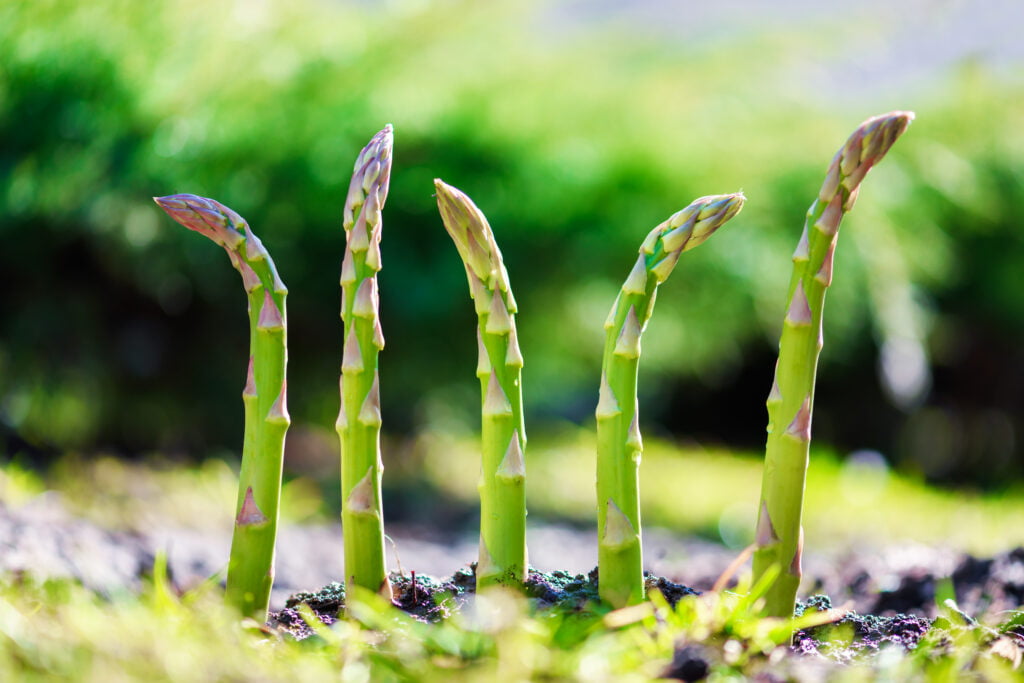
- Asparagus plants can live 15-20 years. While individual spears are harvested every spring, the crowns continue growing for 15 years or longer. Patience is required when planting asparagus.
- It takes 3 years before harvesting. Asparagus grown from seed takes around 3 years to establish hardy crowns before any spears can be snapped off. Commercial growers typically start with 1-year-old crowns to reduce this waiting period.
- Spears can grow 7 inches in a day. Under ideal warm spring conditions, asparagus spears elongation can exceed an inch per hour. Once spears reach around 7-10 inches, they should be harvested.
- The harvest season is only 4-6 weeks long. Each asparagus crown produces spears for just 4-6 weeks in spring. The harvest timing depends on local growing conditions. Warmer climates have longer harvests.
As you can see, growing asparagus requires some perseverance. But once mature crowns are established, they continue producing for well over a decade. Those willing to wait reap the rewards!
The Secret Behind Asparagus’s Unique Scent
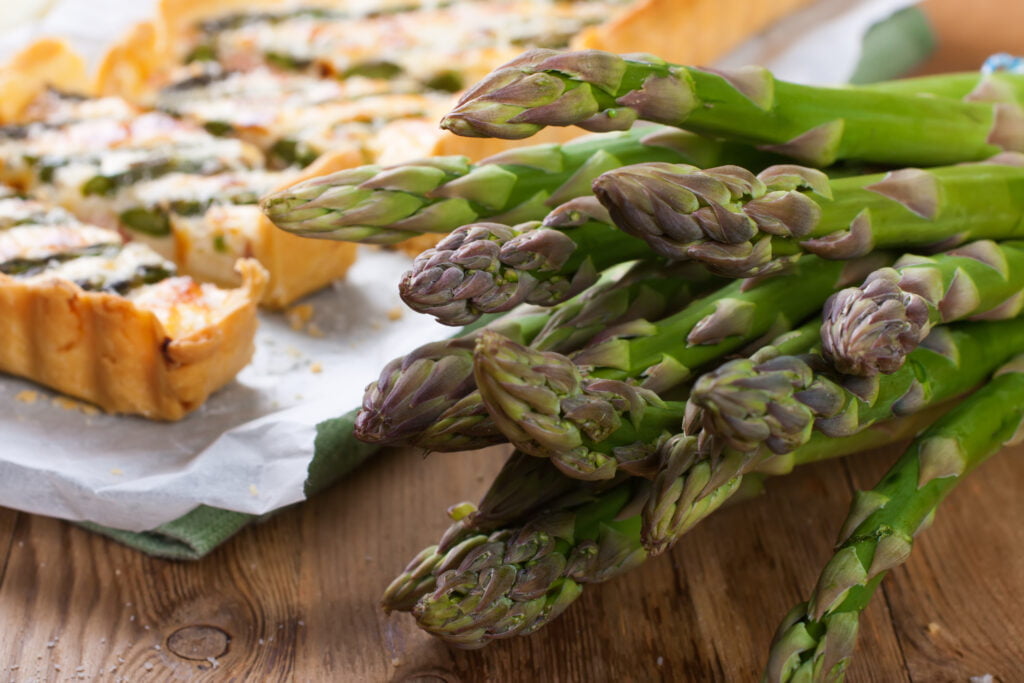
- Asparagus contains asparagusic acid. This organic acid is unique to asparagus. During digestion, asparagusic acid breaks down into sulfur-containing chemicals like dimethyl sulfide.
- This causes a distinct urine odor. These sulfur compounds are metabolized by the body and later secreted through urine. The chemicals give urine a characteristic rotten or skunk-like odor after eating asparagus.
- Only around 40% of people smell asparagus pee. Genetics determine whether the byproducts of asparagus will be noticeable expelled through urine. Only those with the gene to create the required enzyme detect the scent.
So enjoy those asparagus spears guilt-free! Only some of us have the genetics to smell the aftermath. The rest just get to enjoy the taste without any “pee consequences.”
Not All Asparagus Is Green
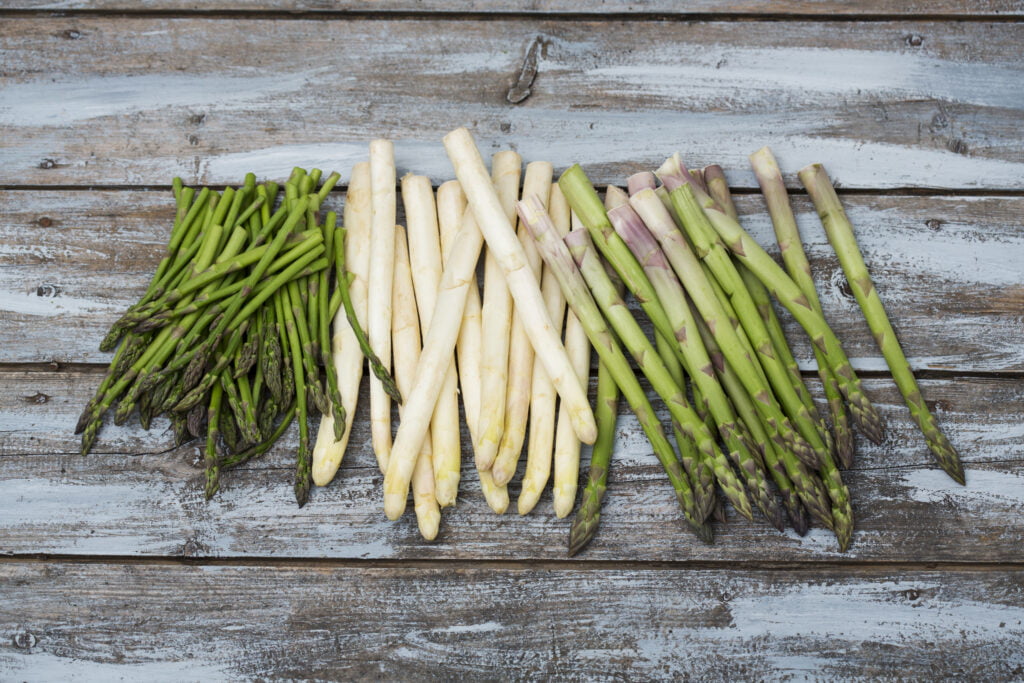
- White asparagus is grown without sunlight. To block photosynthesis and prevent chlorophyll production, the spears are covered with soil as they grow. This produces the pale white stalks.
- White asparagus is popular in Europe. White asparagus, known as spargel, is a beloved spring delicacy in Germany, Netherlands, France and other European nations. The photo-deprived spears have a milder, more delicate taste.
- Purple asparagus turns green when cooked. This heirloom variety has a unique genetic mutation that produces purple pigments in its stalks. The pigments break down and turn green during cooking.
- Purple asparagus is sweeter and often smaller. The purple variety has a higher sugar and lower fiber content. Its spears are typically slender and around 5 inches long.
So whether you prefer traditional green, white, or purple, asparagus offers amazing diversity for such a simple vegetable!
Asparagus Nutrition Facts
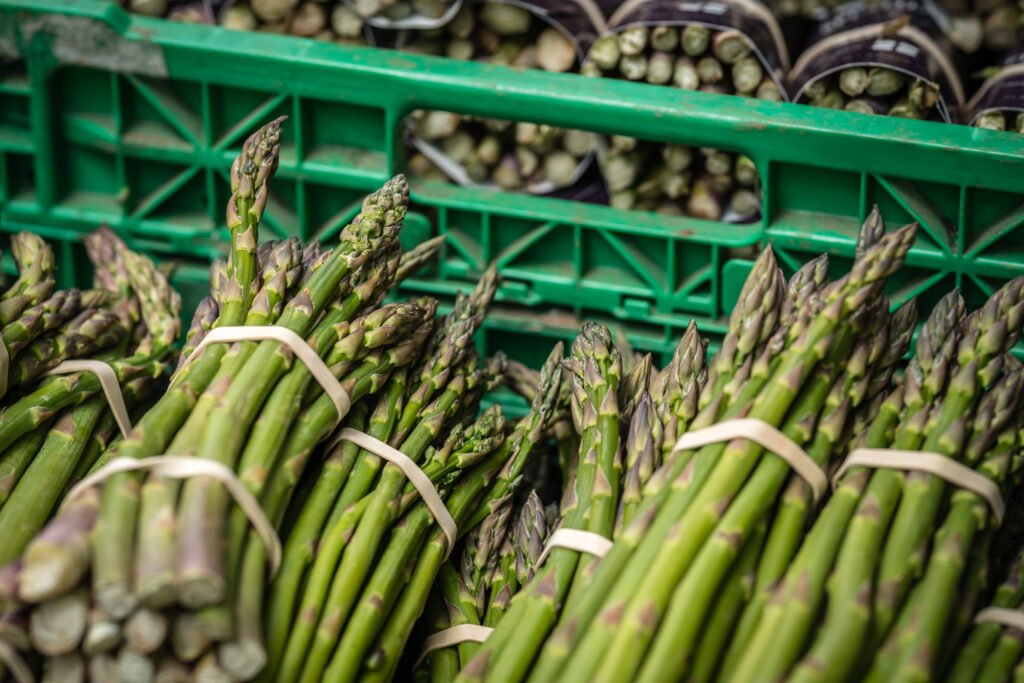
Beyond its flavor, asparagus offers many potential health benefits:
- Asparagus is high in antioxidants. It contains glutathione, rutin, and quercetin which help remove harmful free radicals and reduce inflammation.
- Excellent source of folate. A half-cup of asparagus provides over half the recommended daily folate, critical for metabolism and preventing birth defects.
- High in vitamin K. Necessary for proper blood clotting, one cup supplies over half the RDI for vitamin K.
- Contains anti-inflammatory nutrients. Asparagus provides vitamins A, C, and E which combat inflammation and boost the immune system.
- Rich in prebiotics. The fiber and complex carbs in asparagus feed gut-friendly bacteria. This supports a healthy microbiome and digestion.
With an abundance of vitamins, minerals, and protective compounds, it’s clear why asparagus was considered medicinal historically. Its nutrients offer a range of potential wellness benefits.
Asparagus Fun Facts
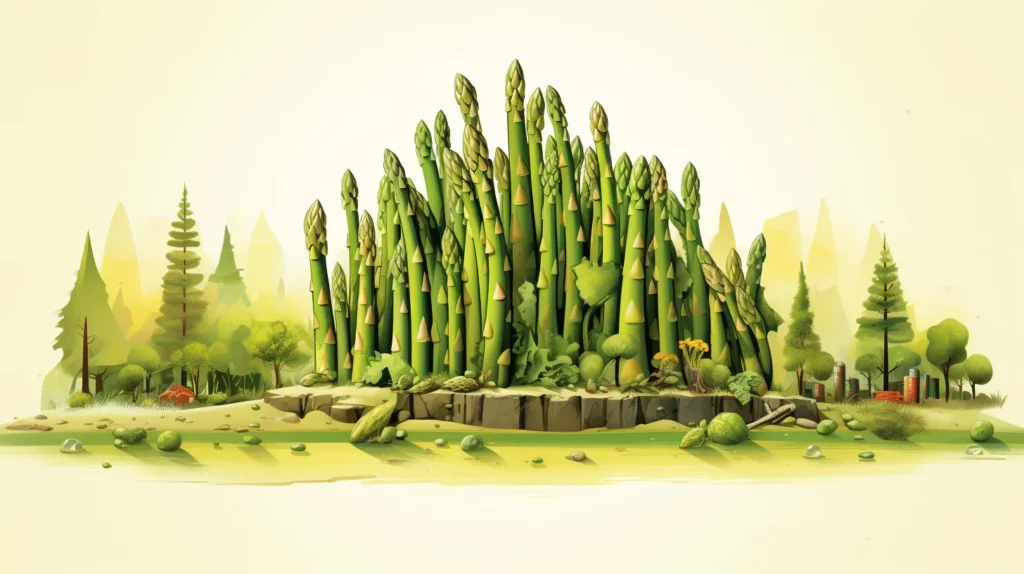
Beyond nutrition, asparagus has some fascinating quirks:
- Asparagus is a diuretic. The amino acid asparagine acts as a natural diuretic, increasing urine output. Along with plenty of potassium, asparagus can help flush excess sodium and fluids.
- Peru is the world’s largest exporter. When the U.S. cracked down on coca production, Peruvian farmers began growing asparagus as an alternative crop. Peru now ships over 150,000 – 390,000 tons of green and white asparagus annually.
- Germany consumes the most white asparagus. Dubbed “white gold”, Germans eat over 82,000 tons of white asparagus every year, far more than any other country. Green is considered far less desirable.
- Oceana County, Michigan dubs itself the “Asparagus Capital of the World.” The county located along Lake Michigan celebrates National Asparagus Month every April. Festivals feature costume contests, asparagus bowling, and of course eating!
- China grows 7.35 million tons annually. China dominates global production, growing over 7.35 million tons in 2019. No other country comes close in terms of total output.
- There is a European Asparagus Museum. Located in Schrobenhausen, Germany, this museum documents the history and cultivation of asparagus across Europe. Of course, you can purchase white asparagus in the gift shop!
How to Buy, Store, and Cook Asparagus

Now that you’re an asparagus expert, let’s cover proper selection, storage, and preparation:
With proper handling, asparagus stays fresh for up to a week. Enjoy it soon after purchasing for the best texture and flavor.
Key Takeaways
With this asparagus guide, you now have a comprehensive understanding of this unique and amazing vegetable. Impress your friends with your newfound knowledge!





